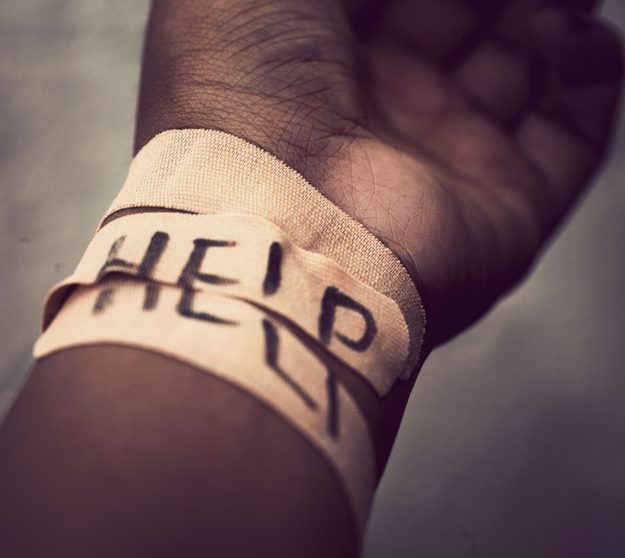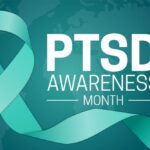To someone who has never felt the inclination to purposely injure themselves, self-harm behavior can seem almost impossible to comprehend. Why would someone want to cause themselves pain?
The answer is complicated–but you may be surprised at how much it starts to make sense. After all, many of us who don’t physically hurt ourselves still cause ourselves pain in other ways, and often we do so “on purpose,” as a way to feel some sense of control or release when life gets chaotic.
For example, do you sometimes watch a movie or listen to a song because you know it will make you cry? Do you get a little rough with yourself when working out, driving yourself to the point of exhaustion or injury? Why do you do those things?
To be sure, self-harm disorder is much more serious than these smaller ways we hurt ourselves, but finding some common ground can aid in understanding and compassion when someone in our lives is suffering in a way that drives them to self-injury.
What is Self-Harm?
Self-harm, also called non-suicidal injury disorder, is when a person hurts themselves on purpose. People self-harm for three main reasons:
- As a coping mechanism – People who self-harm might do it because it makes them feel good; it proves to them that they can tolerate pain; it can also give them a sense of relief.
- To direct emotion inward – Sometimes people self-harm as a way to express anger at themselves, perhaps because they feel unable to express anger toward others.
- To communicate – Someone who self-harms may be doing it as a way to show others that they are suffering and need help.
Self-harm often manifests as cutting or burning the arms, legs, or stomach, but it can include any behavior that hurts the body: hitting oneself, banging one’s head into the wall, pulling out hair, picking at wounds to prevent healing, and more.
Who Self-Harms & What are the Risk Factors?
Self-harm behaviors often begin in childhood, particularly in pre-teen and teenage girls, but self-harm can occur at any age and last for years, well into middle and late adulthood. According to the American Psychological Association, studies that rely on self-reporting show that about 17% of teens have engaged in self-harm, as compared to about 5% of adults.
Self-harm is more common among people who suffer or have suffered abuse or trauma as well as people who have mental health disorders.
Other risk factors for self-harm include:
- Sexual orientation (people who are not heterosexual)
- Gender identity (people who don’t identify with the sex they were assigned at birth)
- Social isolation (people who feel socially isolated or rejected or who are bullied)
- Chronic physical illness (people suffering from illnesses like epilepsy, asthma, migraine, diabetes, psoriasis)
What are the Signs of Self-Harm, and Why is it Dangerous?
Let’s start with the second question first. It may seem obvious that self-harm is dangerous (it can lead to severe injury or death, for one; also, self-harm has been linked to higher probability of suicide attempts later in life). Still, if your self-harm behavior is such that you’re unlikely to die from it (like pulling out hair or picking at skin, for example), how is it dangerous?
While the behavior itself may not lead to permanent injury or death, it signifies mental health issues that could become worse if not treated. Self-harm can lead to shame and guilt, and it signifies deep emotional pain. Over time, these feelings may lead to suicidal ideation. And even if they don’t lead to suicide, they create a very unhappy and difficult life, one that is often isolated and limited.
How do you know if a loved one is self-harming? The signs aren’t always obvious, as many who self-harm try to hide their injuries. However, here are some signs you can look for:
- Bruising or bandages
- Wearing long sleeves or pants in hot weather
- Avoiding social situations
- Impulsive behavior and intense emotions
- Talk of feeling worthless or hopeless
How to Help
If you believe your loved one is self-harming, gently ask them how they’re doing. Listen to their answer, and offer to help them get treatment for their emotional distress. Remember that self-harm behavior isn’t something your loved one can control with willpower–professional treatment is required.
At Miramont Behavioral Health in Middleton, WI, we have the experience and expertise to help you or your loved one cope with emotional distress and mental health disorders in ways that foster health and well-being. We help adolescents and adults via inpatient or outpatient care. Call us today to find out more about our services.









